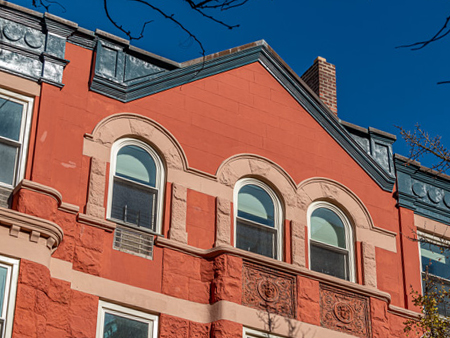Other architecturally significant structures that made the distinguished list include the Romanesque Revival-styleGardner Earl Memorial Chapel and Crematorium in Troy, N.Y., and the Braddock Carnegie Library in Braddock, Penn., which is the oldest intact library funded by Andrew Carnegie.
Two colonial-era projects in Virginia also made the cut. St. Peter’s Parish Church in New Kent County, Va., exemplifiesearly 18th-century brick architecture in the Chesapeake Region. Eyre Hall in Northampton County, Va.—“a rare vernacular architectural ensemble and rural landscape of the Colonial and early Federal periods,” according to the Interior Department’s press release—was landmarked for its historical significance as a “significant physical remnant of Chesapeake society” whose economic and social reliance was based on slavery.
The National Historic Landmark program was established in 1935 and is administered by the National Park Service. “These new listings will join approximately 2,500 other sites in the National Historic Landmark Program,” National Park Service director Jonathan B. Jarvis says. “These places not only showcase our rich and complex history—from prehistoric time right up to the modern era—but they help drive tourism and boost local economies.”
The 13 new National Historic Landmarks
Montauk Point Lighthouse (Long Island, N.Y.)
Town Hall (New York, N.Y.)
Destroyer escort USS Slater (Albany, N.Y.)
Gardner Earl Memorial Chapel and Crematorium (Troy, N.Y.)
Braddock Carnegie Library (Braddock, Pa.)
Fort Apache and Theodore Roosevelt School (Fort Apache, Ariz.)
Deer Medicine Rocks (Rosebud County, Mont.)
Akima Pinšiwa Awiiki (Fort Wayne, Ind.)
St. Peter’s Parish Church (New Kent County, Va.)
Eyre Hall (Northampton County, Va.)
Meadow Brook Hall (Rochester, Mich.)
The campus of Florida Southern College (Lakeland, Fla.)
The Carrizo Plain Archeological District (San Luis Obispo County, Calif.)



